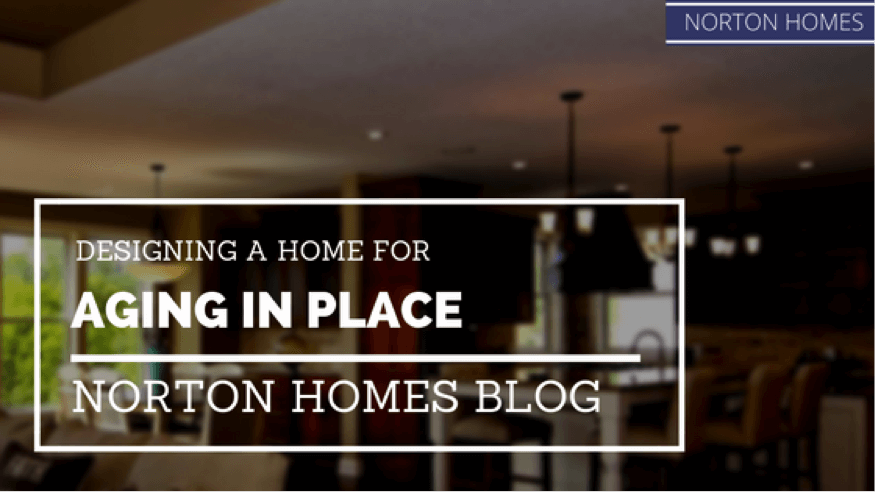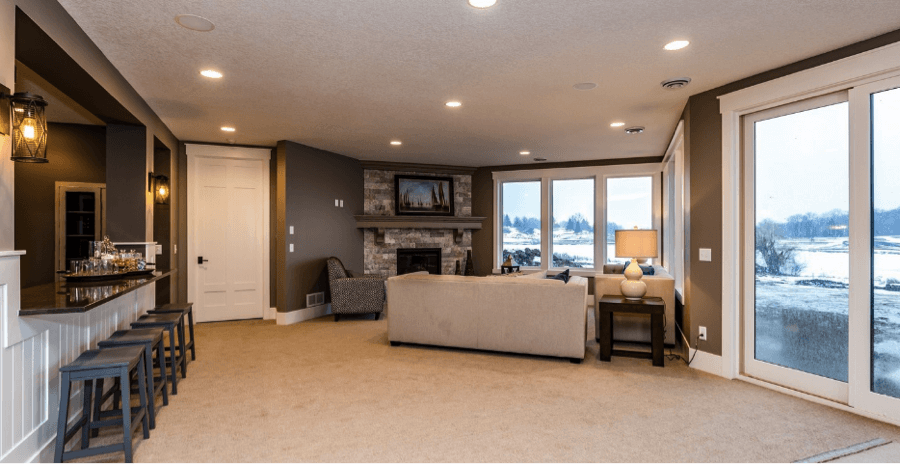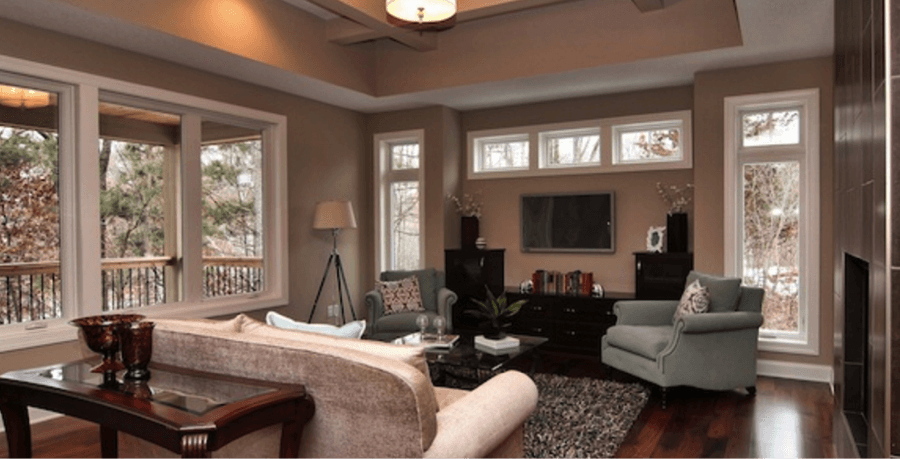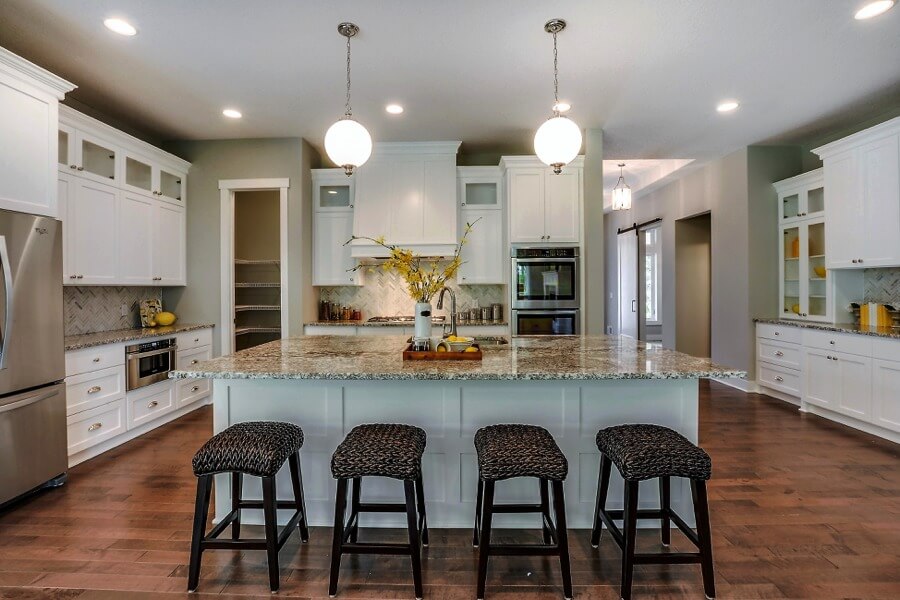Designing a Home for Aging in Place

As the Baby Boomers reach retirement age, their needs at home change. A big backyard, kid-sized rooms, and a swing set just aren’t as appealing as they might be for people actively raising children. Your twilight years should happen in a home that’s designed with you in mind. Comfort and convenience are top priorities when choosing a living environment to grow old in. Luckily, you can choose what matters to you most when you build a custom home. You can simply imagine how you will be living a decade or two down the line, and incorporate those considerations into your home design. Of course, nobody knows exactly what the future holds, so we’re here to help you think ahead when it comes to growing into your home.
Forget Steps

When you’re designing a home for your future, you need to consider how you will get around it. You might be active and mobile today, but will it be easy to walk around your home without a youthful spring in your step? Stairs are a common feature in homes – nearly every house with two or more levels has them – yet you can still build a beautiful home without them. Many retirees choose to build one-level ranch style homes that have everything they need without any stairs. The space that would be used for a staircase can create room for an extra bathroom or walk-in closet. One-level homes are perfect for vaulted ceilings with windows that let in lots of light, so consider how open your home can feel when you leave stairs out of the design.
Spare Some Square Footage

While it might seem like a larger home is automatically better, that’s not always the case depending on your lifestyle. If you’re a Baby Boomer, you’ve probably spent your whole life cleaning up around the house, and that task might not seem so appealing anymore. A smaller home is ideal for people who want easy maintenance throughout the year. There’s no need to have an entertainment room if you’re never going to use it – like anything else, it will collect dust over time. When you’re retired, you should worry about perfecting your golf swing, not your vacuuming skills. Cut back on the number and size of your rooms, and you can focus on the quality of what you design.
Take a Detailed Approach

The things that make or break a home – for residents of any age – are the small details. When it comes to designing a home that you can grow old in, that means including features such as extra wide doorways, which are necessary for anyone getting around in a wheelchair. Another wheelchair-friendly feature is a space underneath every sink for people to tuck their legs. This is sure to make washing hands and doing the dishes much easier. Even something as seemingly insignificant as doorknobs deserves your attention, because handles are easier for elderly people with dexterity issues to use. There are countless home items you interact with everyday – think about how you can alter each one to make your life easier.
You might not personally need any of these home features, but it’s never a bad idea to include them. A home that’s designed to accommodate older residents is more accessible to everyone. Designing a home with convenience in mind is worth the effort, because you will benefit from it everyday. If you ever decide to sell your home, its accessibility is sure to be a selling point. Baby Boomers are increasingly looking for homes that are easy to live in, so now is the time to build just that.